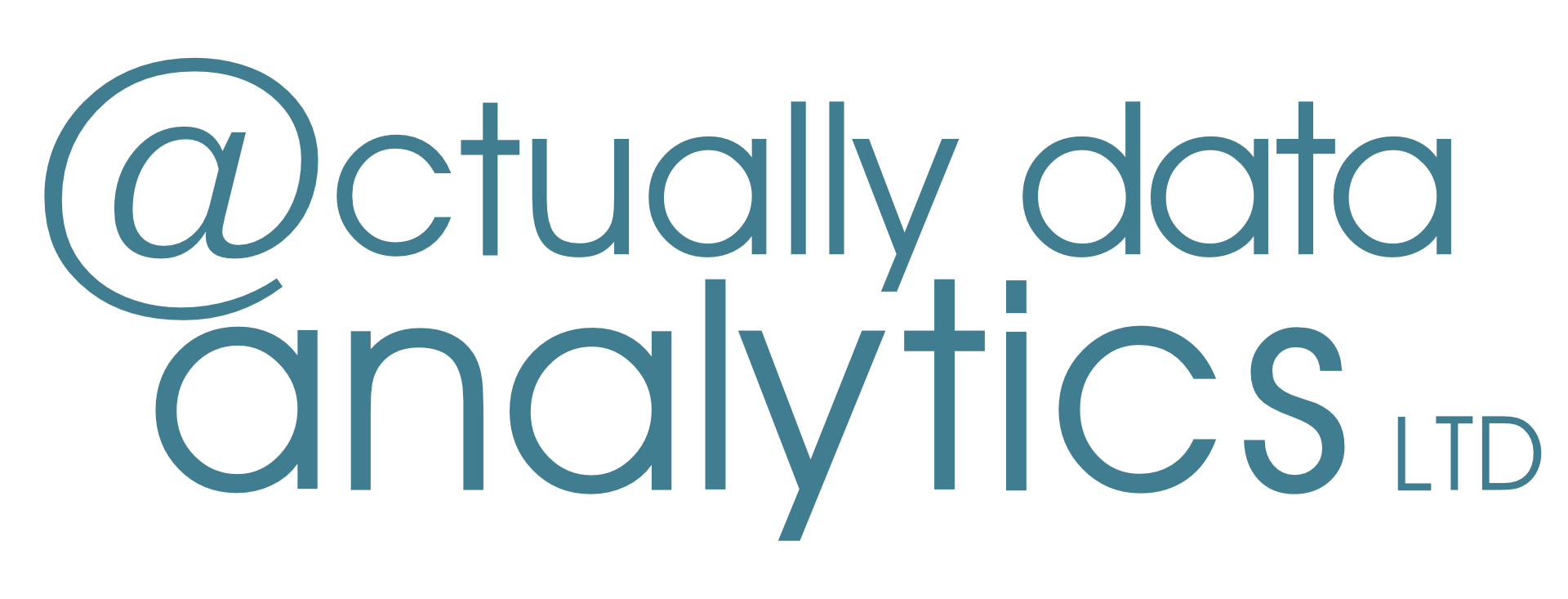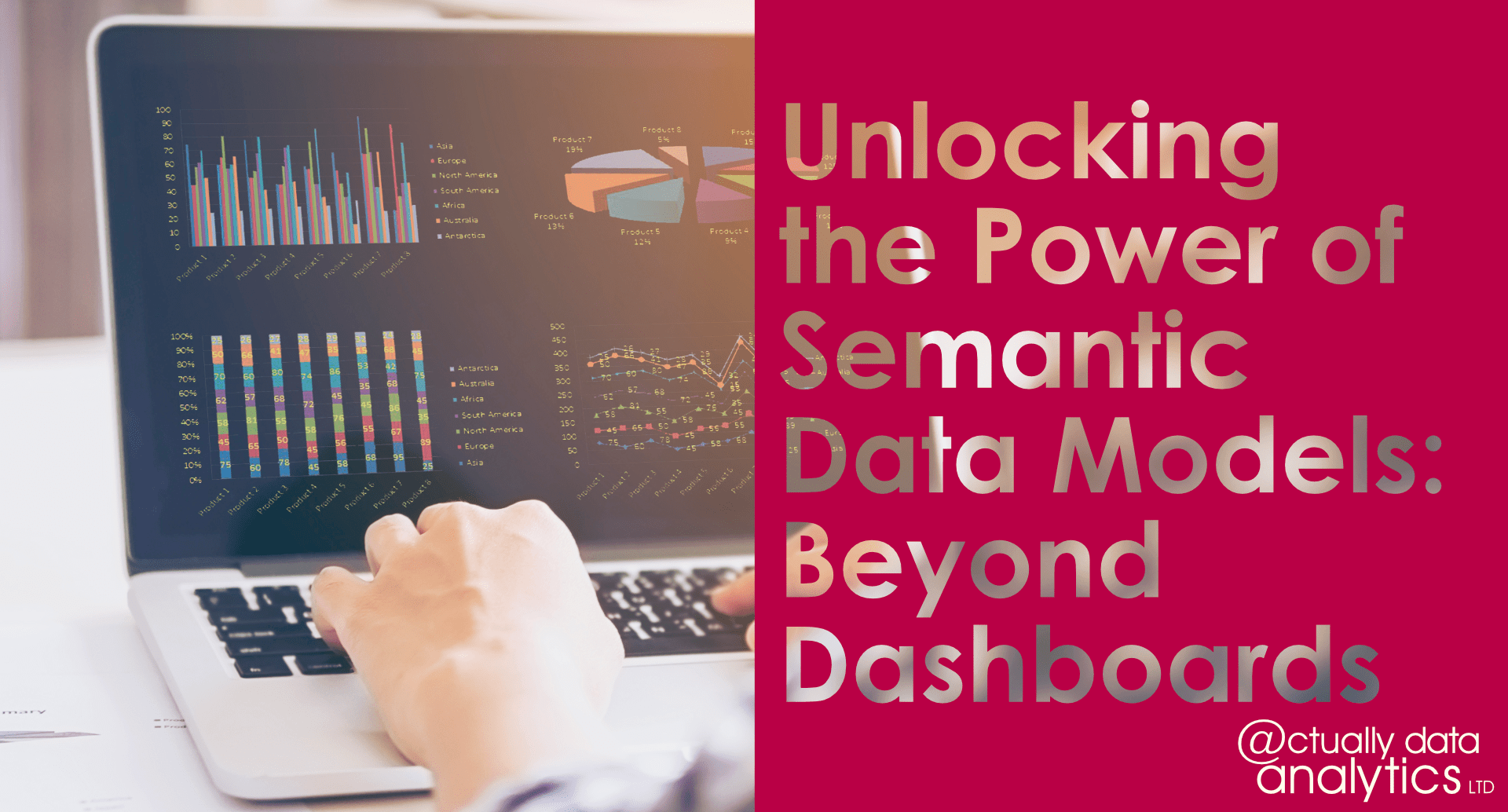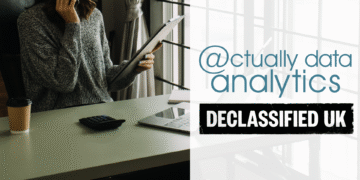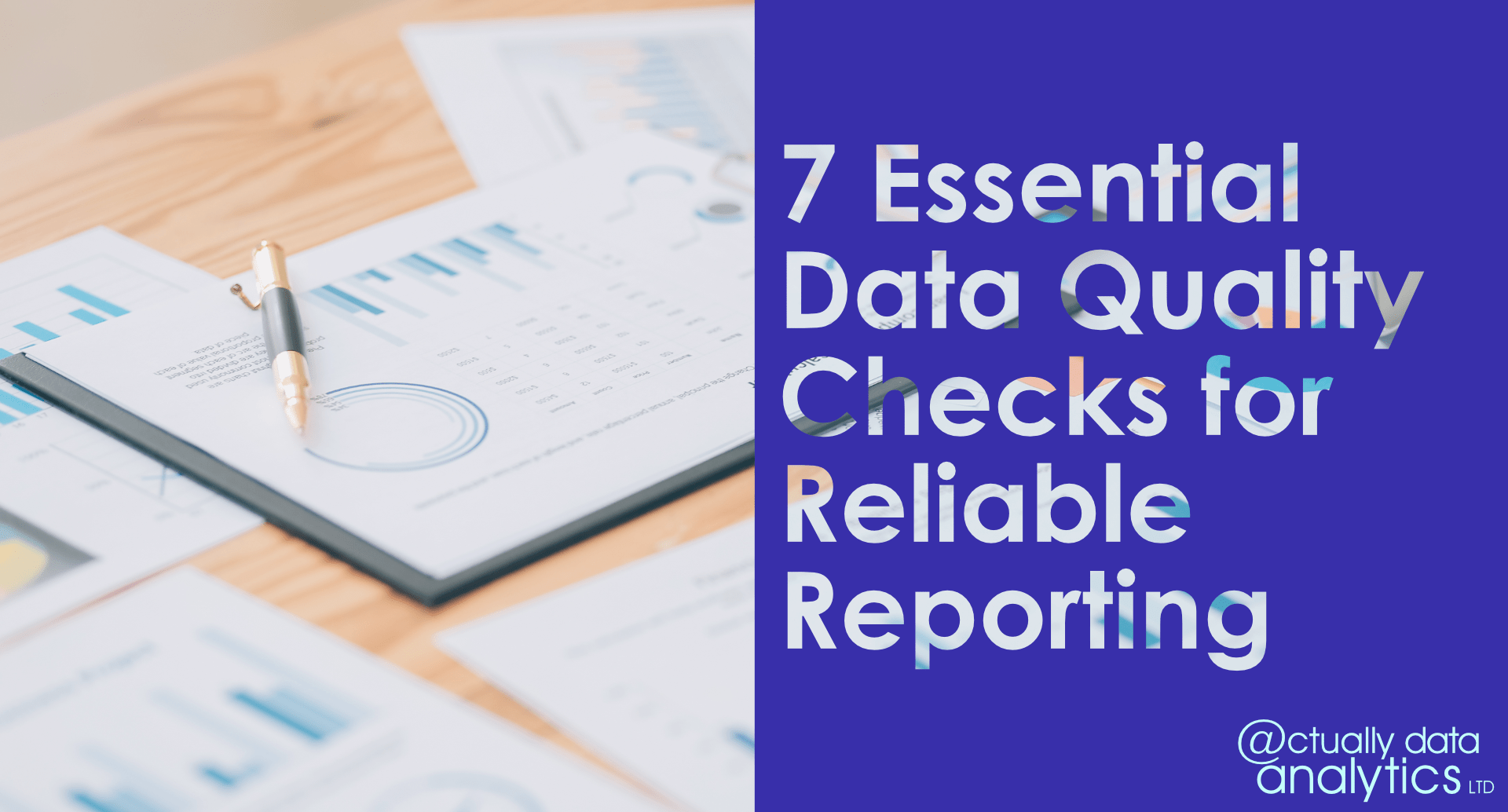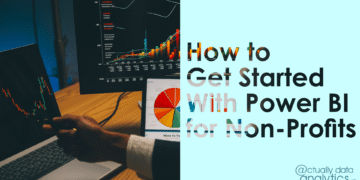You’ve built a beautiful Power BI dashboard. The colours are right, the charts are neat, and the board loves it. But now someone asks for the same report, just with a slightly different breakdown. Or they want it in Excel. Or they want it for a different project, next week.
Suddenly, you’re diving back into the raw data, rebuilding formulas, and praying you’ve used the same calculation logic as before. It’s frustrating, time-consuming, and the risk of small inconsistencies creeping in is huge.
But what if your data could work harder for you, without you having to rebuild every single chart?
That’s where semantic data models come in. They’re the hidden engine that can supercharge your reporting, making it faster, more consistent, and much more adaptable.
What is a Semantic Data Model?
Think of a semantic data model as a business-friendly layer that sits between your messy, complex database and your easy-to-read reports.
It’s like a translator:
On one side, you have raw tables, obscure field names, and complicated joins.
On the other, you have the everyday language your organisation uses — donations, supporters, campaigns, event income.
The semantic layer bridges these two worlds. It defines your metrics and calculations in a way that everyone — from fundraisers to finance directors — can trust and reuse.
Why They’re Game-Changing
For most charities, reporting is a mix of manual work, siloed data, and ad-hoc calculations. A semantic data model flips that on its head.
Here’s why they matter:
Define once, use everywhere
Write your calculation for “Total Gift Aid Income” once. Use it in every dashboard, every report, every Excel export — without rewriting it.
Reduce errors and inconsistencies
When every department uses the same source of truth, you cut down on conflicting figures and reporting disputes.
Standardise reporting
Everyone talks the same language — no more “my numbers are different from your numbers”.
Going Beyond Power BI Dashboards
Most people think of Power BI as just a dashboard tool. But the magic really happens when your semantic data model starts powering other tools across your organisation.
Reuse in Excel
Pull the same calculations and definitions directly into Excel for people who still prefer working there.
Power your apps
Feed the same trusted metrics into Power Apps or other tools without duplicating work.
Enable safe self-service reporting
Give colleagues access to trusted data without giving them the keys to break things.
Scenario planning and forecasting
Once your metrics are standardised, running “what if” scenarios becomes much easier — you’re no longer fighting with inconsistent data.
Practical Steps to Get Started
If this all sounds powerful but slightly intimidating, don’t worry. You can start small.
Identify your common metrics
Think about the numbers you use all the time — donations received, campaign income, average gift size, supporter retention rate.
Agree definitions across teams
Get fundraising, finance, and data teams to agree what each metric means. This step is crucial for trust.
Build your model
Start in Power BI Desktop, or explore external tools if your needs are more complex..
Test with a small dataset
Choose a dataset that’s high-impact but manageable — maybe last year’s donations or your current campaign data.
Expand and refine
Once the first model works, layer on more metrics and more datasets.
Beyond the Dashboard
A semantic data model isn’t just a tech upgrade. It’s a way to make your reporting future-proof, consistent, and scalable.
It gives you:
One version of the truth
Faster, easier reporting
Freedom from repetitive rebuilds
Whether you’re a fundraiser who just wants numbers they can trust, or a data analyst tired of repeating work, semantic data models could be the missing piece.
If you’d like to explore how a semantic data model could work in your charity, we’d be happy to show you. We’ve helped organisations take the leap from “pretty dashboards” to truly strategic reporting — and we can help you too.
